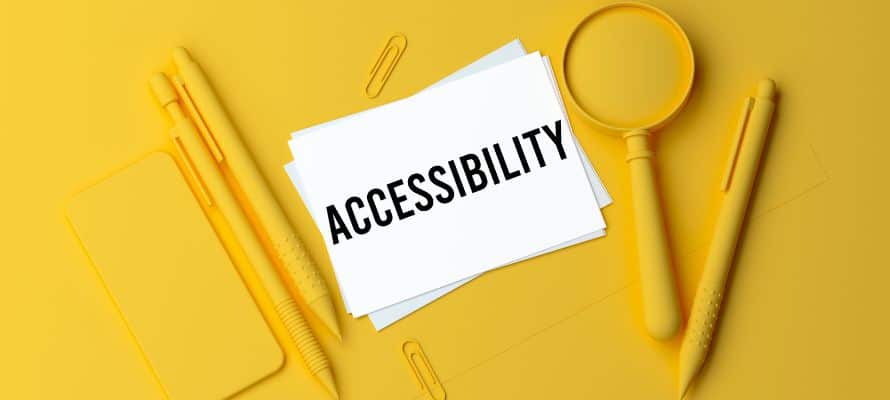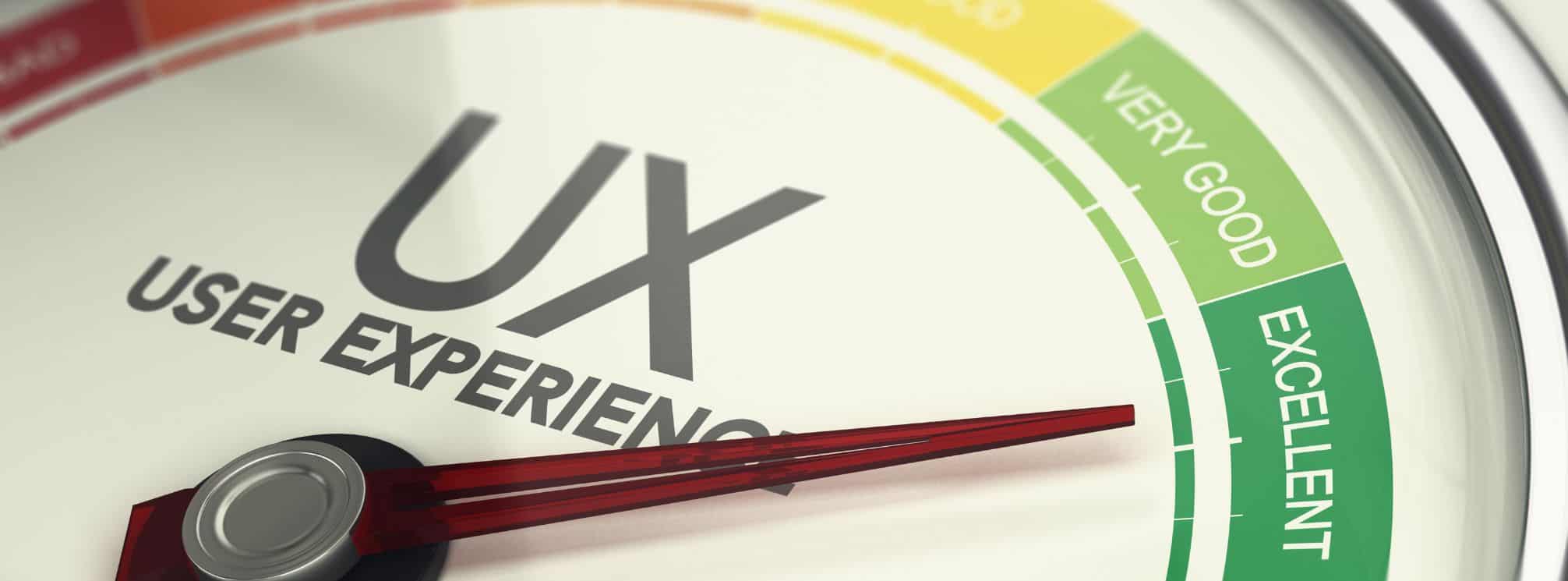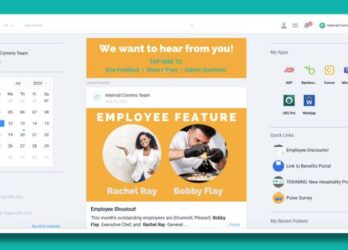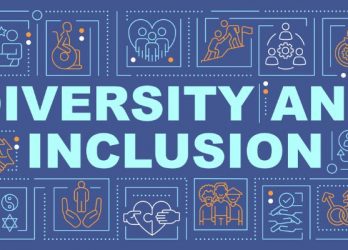Last updated on March 7, 2024 at 11:39 am
If we want our internal communications to be equitable and inclusive, they have to be accessible. But that can feel daunting if you’re just starting out. That’s why we’re sharing the various types of accessibility to consider as well as other best practices for accessible communication.
What is Accessible Communication?
Accessible communication is content and messages that are created in a way that ensures they can be easily received, understood, and used by a diverse audience, including those with disabilities, different learning styles, different educational levels, and so on.
Essentially, accessibility is about considering the needs of everyone in your audience rather than just designing or writing for the average.
This approach aims to remove barriers to information by considering factors like readability, format, and compatibility with assistive technologies, making content accessible to everyone, regardless of their physical or cognitive abilities.
Accessible communication is not only an ethical practice but also a legal requirement in many jurisdictions, reflecting a commitment to inclusivity and equal access to information.
Why Internal Communications Have to be Accessible
Aside from being the right thing to do (and the legal thing), there are many benefits to embracing accessible communication practices.
First off, neglecting the diverse needs in your audience actively excludes them. And when you consider the fact that internal comms are often need-to-know pieces of information, that can have serious repercussions on your company’s bottom line—not to mention your company culture.
But when you do take the time to optimize your internal communications to meet the needs of your workforce, you’ll unlock many benefits:
- A more inclusive work environment where all employees can actively participate.
- Enhanced productivity.
- Stronger employee communications with reduced instances of miscommunication.
Types of Accessibility to Consider
When we talk about accessibility in internal communications, we’re referring to a range of factors that ensure that information is available and comprehensible to all employees. Let’s break down the key types of accessibility to consider:
- Visual Accessibility. Are your internal comms perceivable for individuals with different visual abilities? Ways to account for this are to:
- Use alternative text (alt text) for images.
- Format content for screen readers.
- Follow best practices for font size and color contrast.
- Hearing Accessibility. To include employees with hearing impairments, provide transcripts or captions for audio and video content. This not only benefits those with hearing difficulties but also employees in noisy environments who may struggle to hear audio content.
- Cognitive Accessibility. Everyone has different learning styles, educational backgrounds, and communication preferences. While internal comms pros tend to be good about using conversational and accessible language, we don’t always take it the next step. For instance, individuals who are dyslexic can benefit from different formatting options.
- Motor Accessibility. Do you have options available for employees who may need alternative devices for their work? Ensure that your digital platforms and documents are navigable using keyboard commands or voice recognition software. Buttons and links should also be large enough and well-spaced to accommodate employees with limited fine motor control.
- Mobile Accessibility. As more employees access internal communications on mobile devices, it’s vital to ensure that your content is mobile-friendly. This means responsive design, appropriately sized touch targets, and content that scales well on smaller screens.
- Language Accessibility. For multinational organizations, language accessibility is crucial. Ensure that essential communications are available in multiple languages.
By considering these types of accessibility in your internal communications, you can create an environment where information is truly inclusive, enabling all employees to access and engage with your content effectively.
Best Practices for Making Communication More Accessible
Feeling a bit overwhelmed? Don’t worry about it. You can make your communication more accessible by taking it one piece at a time and focusing on the things that will make the biggest difference first.
- Prioritize Accessibility. Start by making accessibility a core part of your internal communication strategy. It’s not an add-on; it’s an essential element that should be considered in advance, not as an afterthought.
- Train Your Team. Invest in training for your internal communication team. Ensure they understand the principles of accessibility, including the needs of various audiences. This knowledge should guide content creation and distribution. You can then share these best practices with local-level leaders.
- Start Where You Can. The easiest place to start is by focusing on accessible design—that’s your mediums, fonts, and colors—and your language. Start here and then add-on other mechanisms for accessible communication like transcripts and captions for all videos. Keep tackling one piece of accessibility at a time until you’ve reached your targets.
- Collect Feedback and Update. Once you think you’re where you need to be, it’s time to ask your employees. Learn from their feedback and combine it with research on the latest accessibility guidelines and technology. Use this input to regularly update your internal communication strategy.
Remember that accessibility is an ongoing commitment. It’s not a one-time fix but a continuous effort to ensure that all employees can access and engage with your communication effectively. Start with these best practices, and refine your approach as you learn more about the specific needs of your workforce.
Embrace Accessible Internal Communication Solutions
Accessible communication is not just a compliance requirement, it’s a necessity. One key aspect of this is the embrace of accessible internal communication solutions.
To truly meet the needs of your diverse workforce, consider the following when selecting communication channels:
- Mobile Optimization. In our increasingly digitized world, it’s important to select internal comms channels that are mobile accessible and optimized. This means that employees can access critical information and engage with your content on their smartphones and tablets. This flexibility ensures that no matter where your employees are, they can stay connected and informed.
- Multimedia Support. Don’t limit your communication to text alone. Many employees prefer consuming content in various formats, including videos, podcasts, and interactive graphics. Moreover, remember to provide captions and transcripts to make these materials accessible to all.
- User-Friendly Interfaces. Invest in communication tools and platforms with user-friendly interfaces. Navigating your intranet or messaging apps should be intuitive, making it easier for employees to find the information they need.
- Keep Up With Innovations in Technology. Keep your internal communication solutions up-to-date. As technology evolves and accessibility standards improve, ensure that your tools align with the latest guidelines.
- Employee Feedback. Continuously seek feedback from your employees. Their insights can help you identify areas for improvement and refine your accessible communication strategy.
Remember, accessibility isn’t just a box to check. It’s a commitment to creating an environment where everyone can thrive.
Subscribe To The theEMPLOYEEapp Newsletter
Comments are closed.





